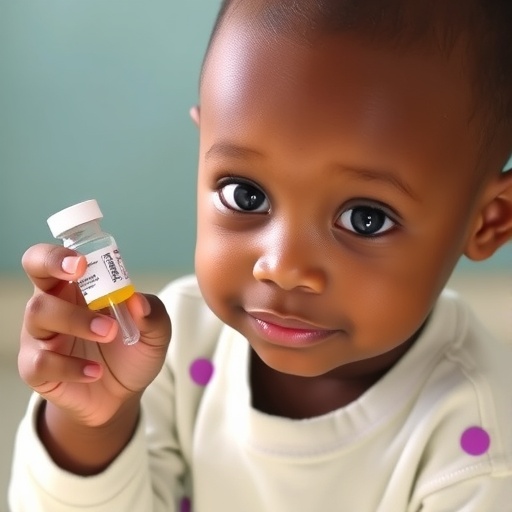WEST LAFAYETTE, Ind. – Medical advancements can come at a physical cost. Often following diagnosis and treatment for cancer and other diseases, patients’ organs and cells can remain healed but damaged from the medical condition.
In fact, one of the fastest growing medical markets is healing and/or replacing organs and cells already treated, yet remain damaged by cancer, cardiovascular disease and other medical issues. The global tissue engineering market is expected to reach $11.5 billion by 2022. That market involves researchers and medical scientists working to repair tissues damaged by some of the world’s most debilitating cancers and diseases.
One big challenge remains for the market – how to monitor and continuously test the performance of engineered tissues and cells to replace damaged ones. Purdue University researchers have come up with a 3D mapping technology to monitor and track the behavior of the engineered cells and tissues and improve the success rate for patients who have already faced a debilitating disease. The technology is published in the June 19 edition of ACS Nano.
“My hope is to help millions of people in need,” said Chi Hwan Lee, an assistant professor of biomedical engineering and mechanical engineering in Purdue’s College of Engineering, who leads the research team. “Tissue engineering already provides new hope for hard-to-treat disorders, and our technology brings even more possibilities.”
The Purdue team created a tissue scaffold with sensor arrays in a stackable design that can monitor electrophysiological activities of cells and tissues. The technology uses the information to produce 3D maps to track activity.
“This device offers an expanded set of potential options to monitor cell and tissue function after surgical transplants in diseased or damaged bodies,” Lee said. “Our technology offers diverse options for sensing and works in moist internal body environments that are typically unfavorable for electronic instruments.”
Lee said the Purdue device is an ultra-buoyant scaffold that allows the entire structure to remain afloat on the cell culture medium, providing complete isolation of the entire electronic instrument from the wet conditions inside the body.
Lee and his team have been working with Sherry Harbin, a professor in Purdue’s Weldon School of Biomedical Engineering, to test the device in stem cell therapies with potential applications in the regenerative treatment of diseases.
Their works align with Purdue’s Giant Leaps celebration, celebrating the global advancements in health as part of Purdue’s 150th anniversary. Health, including disease monitoring and treatment, is one of the four themes of the yearlong celebration’s Ideas Festival, designed to showcase Purdue as an intellectual center solving real-world issues.
Lee and the other researchers worked with the Purdue Research Foundation Office of Technology Commercializationto patent the new device.
###
About Purdue Office of Technology Commercialization
The Purdue Research Foundation Office of Technology Commercialization operates one of the most comprehensive technology transfer programs among leading research universities in the U.S. Services provided by this office support the economic development initiatives of Purdue University and benefit the university’s academic activities. The office is managed by the Purdue Research Foundation, which received the 2016 Innovation and Economic Prosperity Universities Award for Innovation from the Association of Public and Land-grant Universities. For more information about funding and investment opportunities in startups based on a Purdue innovation, contact the Purdue Foundry at [email protected]. For more information on licensing a Purdue innovation, contact the Office of Technology Commercialization at [email protected]. The Purdue Research Foundation is a private, nonprofit foundation created to advance the mission of Purdue University.
Writer: Chris Adam, 765-588-3341, [email protected]
Source: Chi Hwan Lee, [email protected]
Media Contact
Chris Adam
[email protected]
http://dx.





